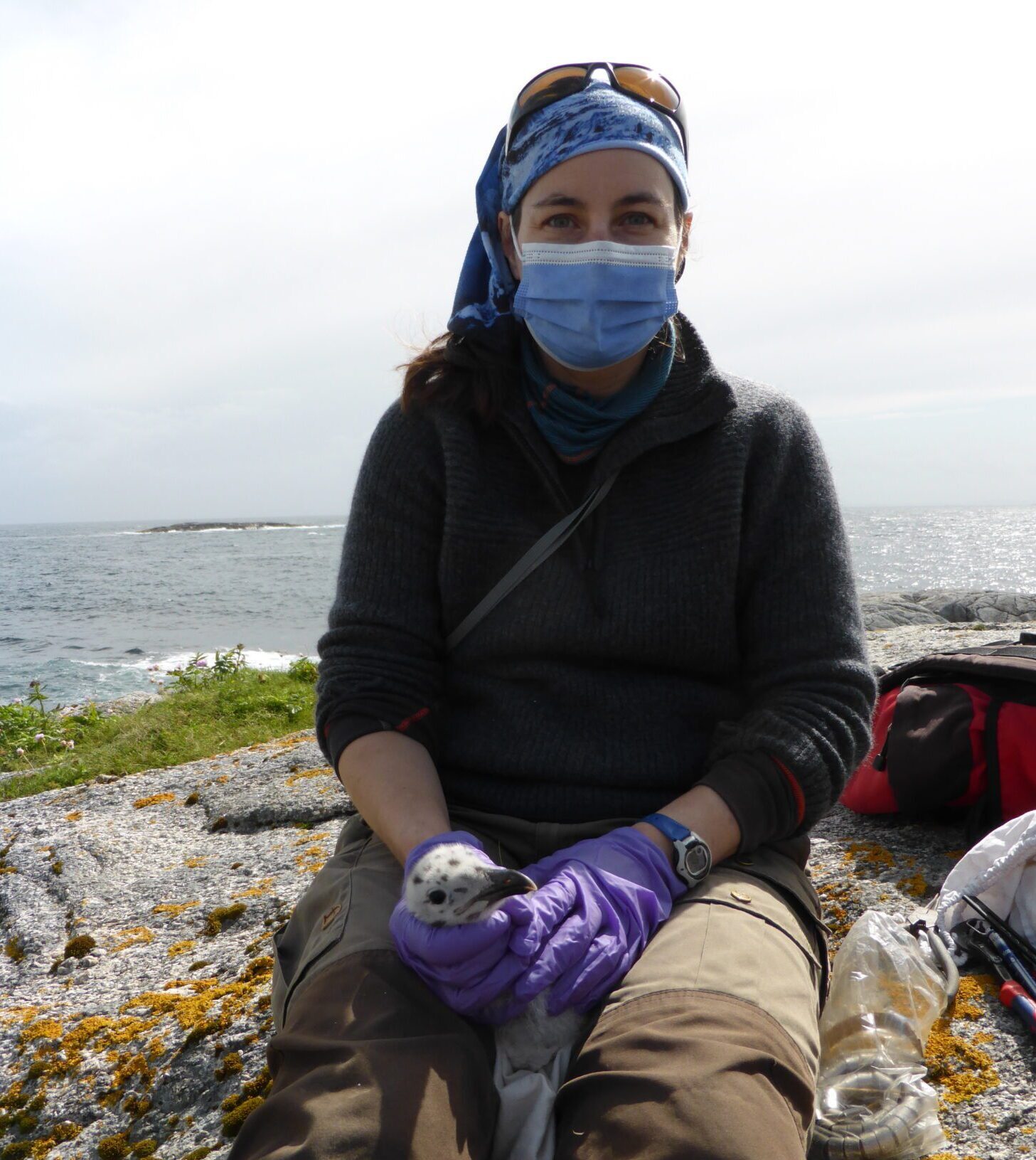Report from the seabird monitoring in Norway in 2022
This SEAPOP annual report from the key-site monitoring presents the status of key seabird species that bred in Norway in 2022.
Variable breeding success
Breeding success was highly variable between species and key-sites. Overall, pelagic species tended to do relatively well in the north (Svalbard, Jan Mayen, and northernmost parts of the mainland), poor in the Norwegian Sea and moderate further south. There was no such pattern for coastal-feeding species, some of which, like great skuas, were also affected by the HPAI avian flu virus. These differences are detailed in the SEAPOP Short Report “Key-site monitoring in Norway 2022, including Svalbard and Jan Mayen”.
Populations continue to decline
Around half the monitored seabird populations declined between 2021 and 2022. There were particularly steep declines in coastal species across most key-sites, which for species like great skuas and the large gulls can be partly attributed to HPAI. Some pelagic species, such as kittiwakes and puffins, increased in numbers at some sites in 2022, but their population trends over the last decade remain firmly negative.
Read the report:
Contact persons: Annette Fayet and Tycho Anker-Nilssen, NINA

Photo © Tycho Anker-Nilssen

